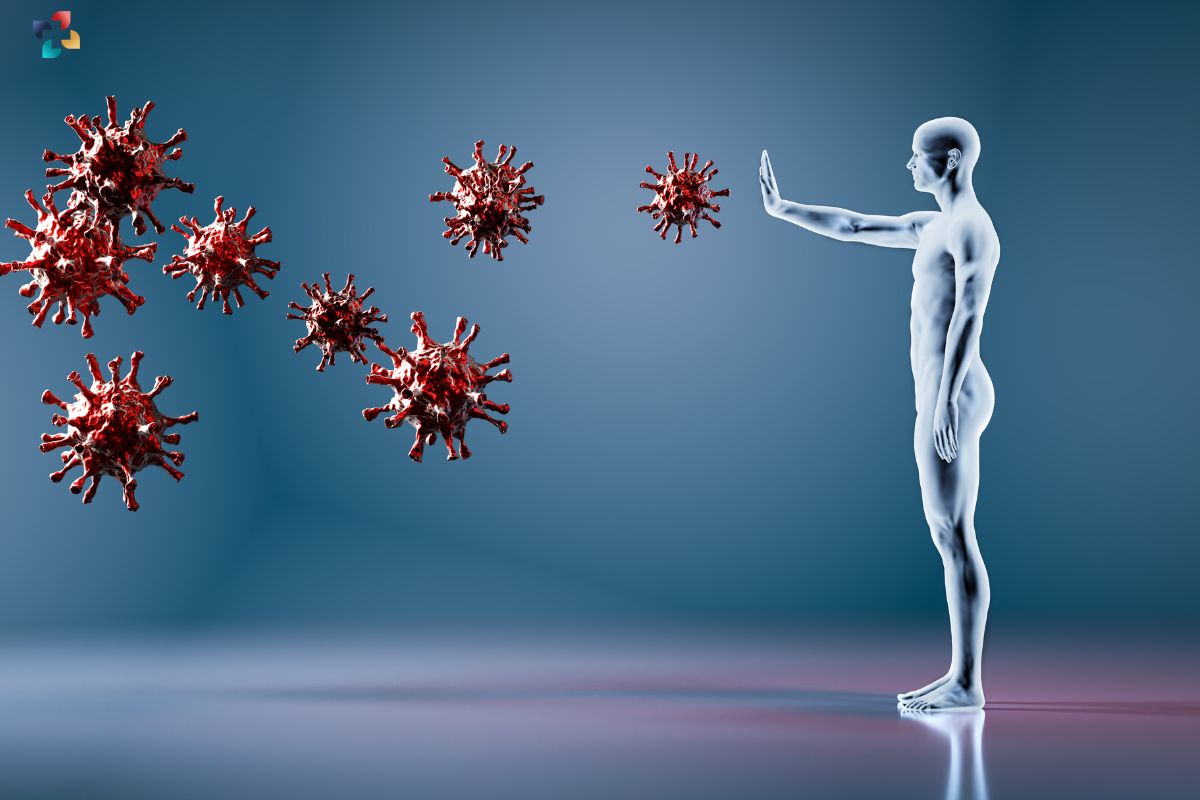Viruses such as HIV, Ebola, and the recent SARS-CoV-2 (COVID-19) have had profound impacts on global health. These viruses, known as “enveloped viruses,” have an outer envelope derived from host cells that helps them evade immune detection and infiltrate host cells. However, this envelope also presents a vulnerability that researchers can exploit to disrupt viral transmission.
Japanese scientists have been focusing on this potential weakness to develop new antiviral strategies. “Although vaccines and antiviral drugs have reduced COVID-19 mortality, completely halting viral transmission remains a challenge. We assessed the potential of pradimicin A (PRM-A) as a novel anti-SARS-CoV-2 agent to address this issue,” explained Yu Nakagawa, an associate professor at the Institute for Glyco-core Research (iGCORE) at Nagoya University.
PRM-A shows promise as a viral entry inhibitor by binding to N-glycans on the surface of enveloped viruses, including SARS-CoV-2. However, the precise mechanism of PRM-A’s interaction with viral N-glycans is not fully understood. Their findings were published in the journal Bioorganic & Medicinal Chemistry on May 1.
Mechanism of PRM-A and Viral Inhibition
For a virus to infect a host cell, it uses spike proteins—glycoproteins that consist of sugars attached to proteins—to attach to the host cell membrane. This binding induces a conformational change that allows the virus to enter and replicate inside the host cell, shielded from immune defenses.
Researchers initially explored lectins, carbohydrate-binding proteins from plants or bacteria, as potential viral entry inhibitors. Although lectins effectively bind to viral glycoproteins, they are expensive, easily targeted by the immune system, and can be toxic to host cells. As a result, scientists turned to lectin mimics, which retain the carbohydrate-binding properties without the adverse effects.
PRM-A, a naturally occurring lectin mimic, emerged as a strong candidate. It binds to N-glycans on viral spike proteins, inhibiting viral entry. Through molecular modeling and binding assays, the research team studied the interactions between PRM-A and N-glycans. In vitro experiments confirmed PRM-A’s ability to inhibit SARS-CoV-2 by selectively binding to branched oligomannose structures in high mannose-type and hybrid-type N-glycans on the viral spike proteins. Mannose, a specific sugar in these N-glycans, plays a crucial role in this binding process.
“We demonstrated that PRM-A can inhibit SARS-CoV-2 infection by targeting viral glycans. PRM-A preferentially binds to branched oligomannose motifs via simultaneous recognition of two terminal mannose residues. This insight is vital for understanding PRM-A’s antiviral mechanism,” Nakagawa stated.
Future Directions and Broader Implications
Nakagawa’s team is now focused on advancing their research to develop PRM-A-based anti-SARS-CoV-2 drugs. “Our goal is to create antiviral drugs leveraging PRM-A’s unique glycan-targeted action, a mechanism not seen in existing chemotherapeutics. Given that glycan structures are less susceptible to viral mutations, PRM-A-based drugs could be effective against variants. We are currently testing PRM-A’s in vivo antiviral activity in hamsters and developing derivatives for therapeutic use,” Nakagawa added.
Collaborators on this study include Masato Fujii, Nanaka Ito, and Makoto Ojika from Nagoya University; Dai Akase and Misako Aida from Hiroshima University; Takaaki Kinoshita, Yasuteru Sakurai, and Jiro Yasuda from Nagasaki University; Yasuhiro Igarashi from Toyama Prefectural University; and Yukishige Ito from Osaka University.
The research received support from several sources, including the JSPS KAKENHI grant, the Cooperative Research Project Program of Nagasaki University, and the Japan Society for Bioscience, Biotechnology, and Agrochemistry. SARS-CoV-2 strains used in the study were provided by Nagasaki University through the National BioResource Project.
This groundbreaking work highlights the potential of PRM-A as a novel glycan-targeted therapy, offering a new avenue for combating viral transmission and addressing global health challenges posed by enveloped viruses.
Visit The Lifesciences Magazine For More.







